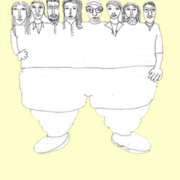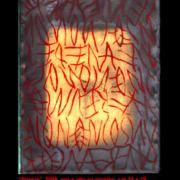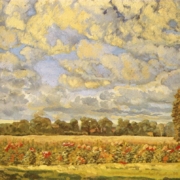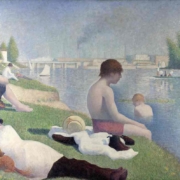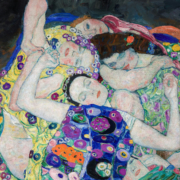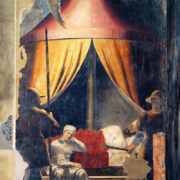Clinical references to the group work with children and adolescents: body language
Abstract
In this paper we explore the body dimension of group dynamics, the body language that expresses and signifies the affects. Some clinical vignettes involving a group of children and a group of adolescents are presented to exemplify the relationships as they unfold through action capable of giving a communicable form to thought. In this exploration of a field of collective forces, where both the known and the unknown are met, we observe the movements generated by Read more


